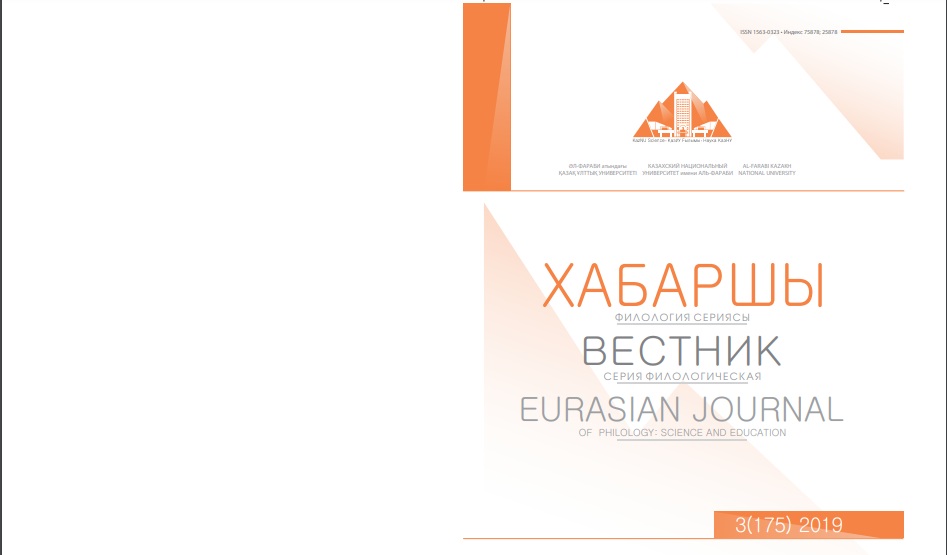An analysis of the aesthetic sense of red imagery art in Chinese poet He Jingzhi’s poetry
DOI:
https://doi.org/10.26577/EJPh-2019-4-ph6Abstract
He Jing zhi wasa representative poet of China in the age of peace, expressed his feelings as
well as the struggle and enthusiasm of the people, while expressing his political feelings and the fate of
the Times. His poetic creation shows great political subject matter and the important political theme. His
political lyrics have a strong artistic appeal, through the abstract political feelings and their own feelings
into a concrete vivid image of the image of expression, the abstraction as the concrete, the “virtual” as
“real”, to give people emotional resonance, but also in the form of creating aesthetic and poetic realm.
The traces of traditional Chinese poetry on nature, which has a long tradition in China, not only in poetry, but also in painting, which in the ancientChinese cultural world is often merged with poetry, can
be found also in her works.
According to the observations of the author, all levels of the genre organization of sonnet wreath
are subject to transformation, but overcoming the formal canon is especially important. Changing the
number of sonnets in the «red» enhances the sonnet status as one of the most popular genre of the current literary era.






